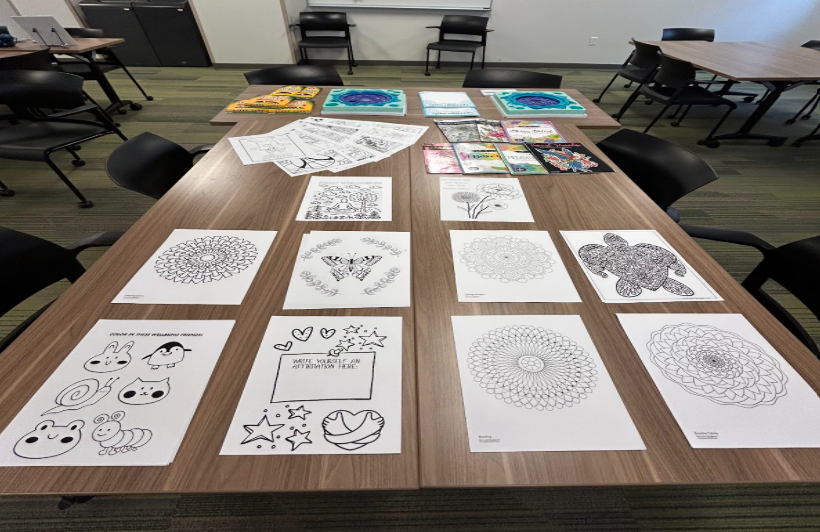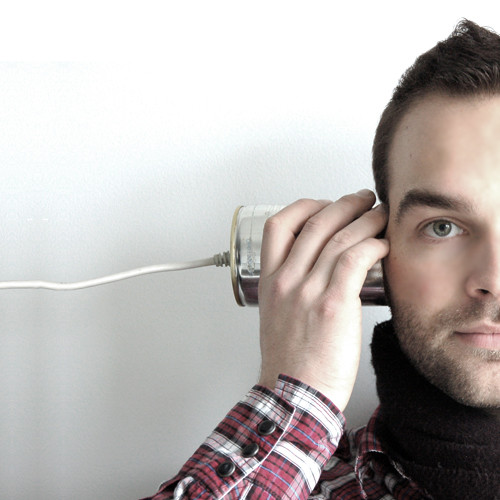I used to wonder quite often about what made some people better conversationalists than others. Was it their life experiences, I asked myself, their confidence, or their emotional intelligence? After a while, I began to realize that the best communicators didn’t actually talk that much. The best communicators are the best listeners, a fact which not a lot of people seem to realize, much to my chagrin.
“Whenever we speak with each other it is not just through words; bodily language is almost always involved and they are so closely intertwined with language that sometimes they become a part and parts of the language itself,” according to the book “Body, Language, Communication”.
Upon reflection, I’ve concluded that listening is actually an art form, and like all other art forms, there are more components to it than most people realize. Sure, you can just sit there and hear what another person is saying, but the question is: do they feel what they say is being received?
Most people are under the assumption that being a good listener means being quiet when another person is speaking, and occasionally nodding to let them know you are listening. However, there’s more to listening than that.
According to Harvard Business Review, a good listener contributes meaningful comments to the conversation, and can also express empathy at the right moments. Primarily, a good listener seeks to understand and clarify what is being said.
“Sitting there silently nodding does not provide sure evidence that a person is listening,” according to the Review, “But asking a good question tells the speaker the listener has not only heard what was said, but that they comprehended it well enough to want additional information.”
Another important element to listening is withholding any judgment and holding the conversation in a comfortable area so that your conversational partner feels able to keep speaking.
You can practice listening by showing that you are invested in what the other person is saying. Start by clearing away all distractions, such as phones or laptops. Looking at a screen and multitasking gives a negative message to the speaker, and will encourage them to stop talking. This is true even when you feel confident you can multitask, listening while also staring at your phone.
Utilizing body language to convey interest is also key in a conversation. Begin noticing what your body says to your conversational partner. Are you leaning forward (a sign of interest) or leaning away? Is your body language showing that you are closed off or open?
Listening skills are important and applicable in almost any situation, whether it be conversing with a stranger on the street, talking to your family, or negotiating at your job. With the art of listening, you can improve the bonds that you already have, or you can build new connections from scratch. In the workplace, you might be seen as more eligible for promotions or a more effective leader. Among close friends, you can gain trust and help your loved ones through difficult situations.


























